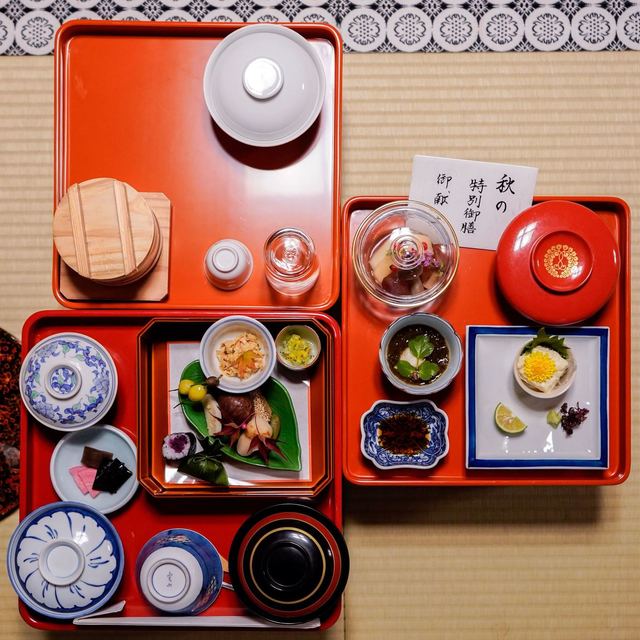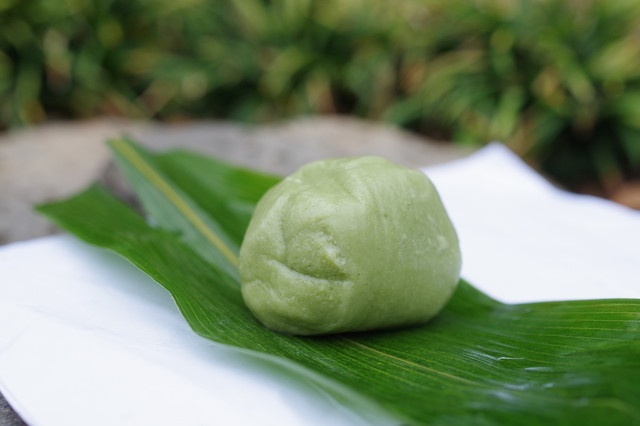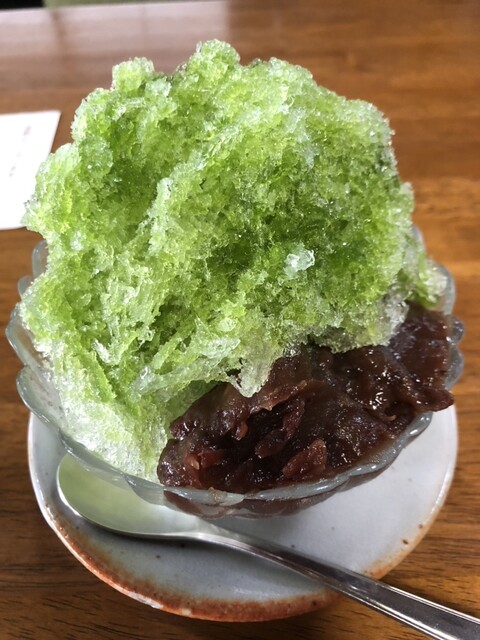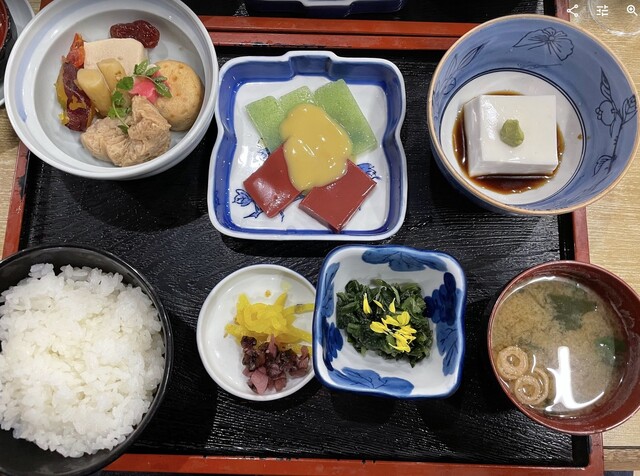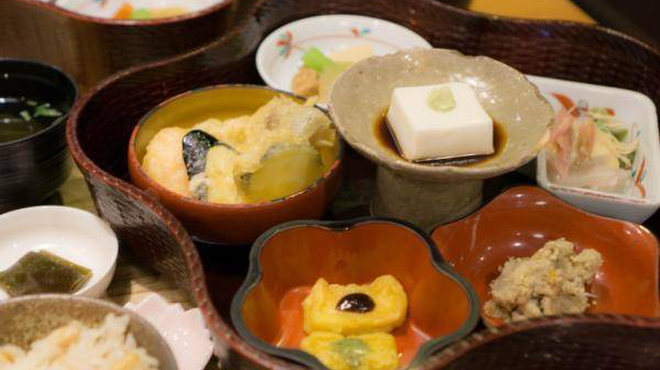
The main gate of Kongobuji Temple is the first gate you pass through when heading from the Kongobuji Temple front parking lot to the temple grounds. It was once a sacred gate that only allowed the emperor, imperial family, and high-ranking officials of Koyasan to pass through. Considering its history and prestige, you can visit with a dignified feeling and a straight back. The main gate was built in 1593, during the Bunroku era, and is the oldest building in Kongobuji Temple. There is a small door on the right side of the entrance that is still used by ordinary monks. As you pass through the main gate, you will feel the weight of history and a sacred atmosphere. Please come and experience the splendor and solemn atmosphere of Kongobuji Temple by passing through the main gate.
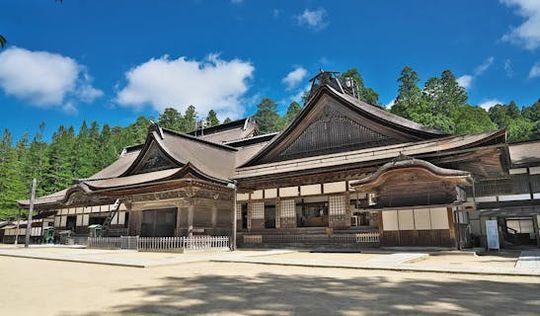









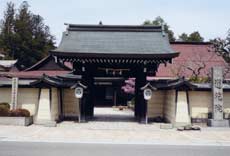

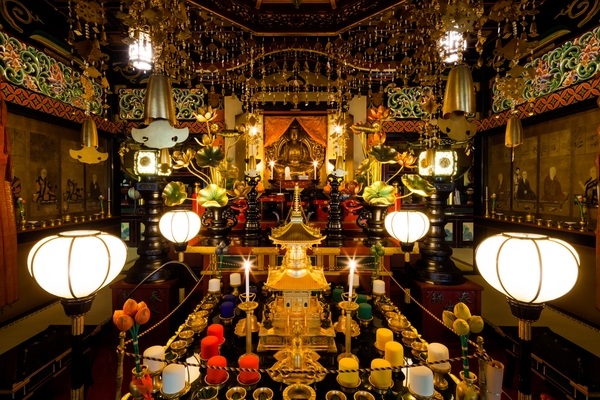

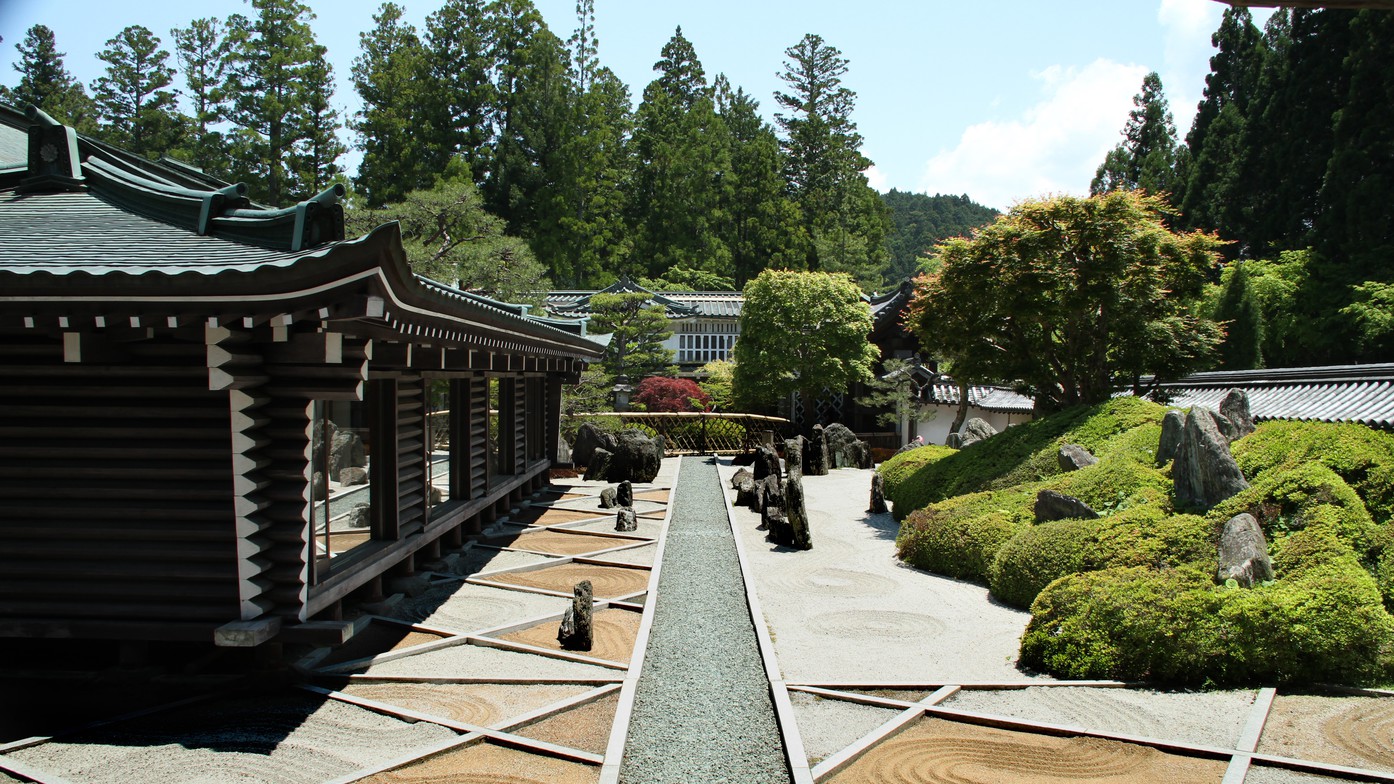





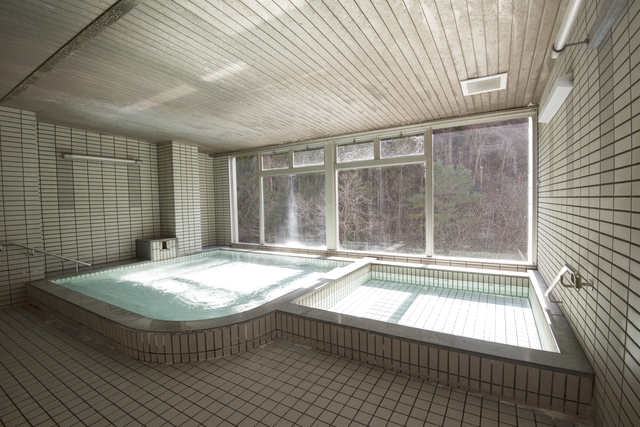



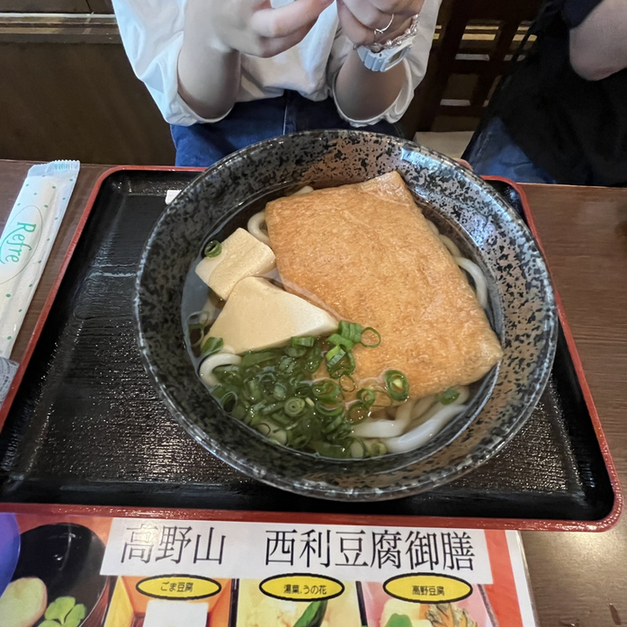
 ¥1,000~¥1,999
¥1,000~¥1,999
 -
-
